From the October 2021 issue of Apollo. Preview and subscribe here.
In 1866, Georges-Eugène Haussmann, prefect of the Seine, ordered the purchase of the Hôtel Carnavalet, a 17th-century mansion in the heart of the Marais district in central Paris that was intended to house a new museum of Parisian history. It may seem surprising that Haussmann, who, with Napoleon III, oversaw the capital’s most radical period of transformation should create a museum dedicated to its past. Haussmann and the emperor were not the first to try to remake the city, but the new Paris they tried to create sparked a surge of nostalgic interest in the old Paris partly swept away by new boulevards, avenues, and grand vistas. The vestiges of le vieux Paris, from archaeological finds to whole 18th-century interiors displaced by the monumental demolition and rebuilding works, found a new home at the Musée Carnavalet when it eventually opened in 1880.
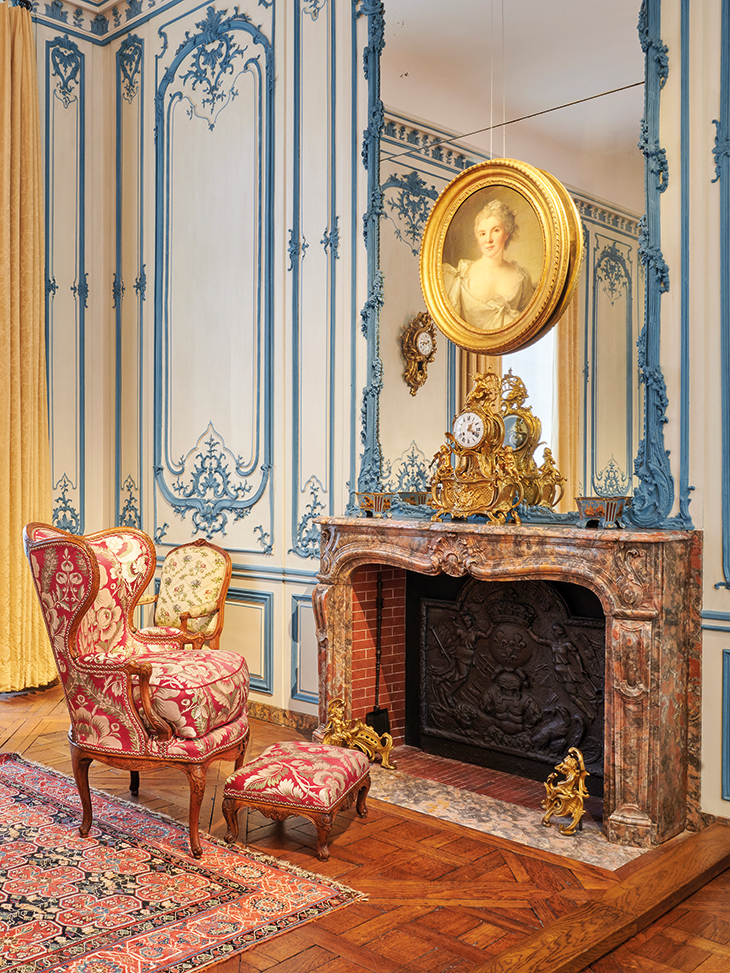
Period room in the Musée Carnavalet – Histoire de Paris. Photo: Pierre Antoine
At the end of May this year, after being closed for nearly five years, the Carnavalet reopened its doors. The museum has undergone several periods of renovation and expansion since 1880, but the most recent redesign is the most extensive and, at €50m, the most expensive. The scale of the work made me a little nervous about what would emerge when the dust covers were pulled off and the gates reopened. It may have been a little chaotic, but the richness of the Carnavalet’s collections and the museum’s focus on cultural and social history meant that there was always something new to discover, even as it offered the opportunity of revisiting old favourites such as Proust’s bedroom or the room filled with models of the Bastille. Despite being free to visit and despite its location in the bustling Marais, it was never a major tourist attraction. But even those who loved the old museum recognise that the Carnavalet needed to be reimagined, to ensure that it continued to reflect the city whose history it narrates.
Happily, the architectural and design team led by François Chatillon have achieved a successful balance between retaining the museum’s charm and creating new displays. Visits still begin in the salle des enseignes full of hundreds of shop signs from long-defunct Parisian businesses. The rest of the pathway through the Carnavalet, however, has changed for the better. Previous incarnations of the museum made it difficult to follow the trajectory of Parisian history chronologically, and in places the layout lacked coherence. The prehistoric and Gallo-Roman collections, for example, used to adjoin rooms devoted to Napoleon and the First Empire.
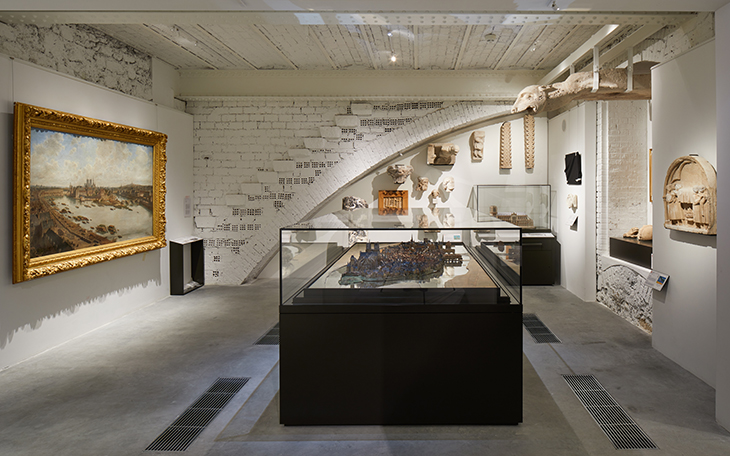
The medieval collections at the Musée Carnavalet – Histoire de Paris. Photo: Pierre Antoine
Now, for the first time, visitors can move relatively seamlessly from the 6,000-year-old canoe found near the Seine at Bercy, housed in a new basement display on Paris from prehistory to the medieval period, through to relics of Parisian history in the 21st century, including a large cardboard pencil proclaiming ‘Je Suis Charlie’, from 2015, and photographs of Parisians watching Notre-Dame burn in 2019. Two new spaces introduce the city of Paris and its history, and outline the origins of the museum. The new route does more than create a greater sense of chronology. The redesign affords much more space to the collections – about 60 per cent of the items now on display were previously in storage – and gives once-cramped parts of the museum room to breathe. The museum’s director, Valérie Guillaume, has said that the objects on display will change from time to time, rewarding repeat visits. With more exhibition space available, the museum used the closure period to enrich the collections with new acquisitions: among them, Nil Yalter and Judy Blum’s artwork Paris Ville Lumière (1974), a series of 20 panels exploring each of the city’s arrondissements through text, photography, and line drawings.
The new spaces on the second floor have transformed the exhibits on mid 19th-century Paris, once crammed into rooms too small to reflect the period’s importance in the city’s history. The Carnavalet now allows visitors to immerse themselves in the Paris of the 1830s and ’40s, via music, theatre, literary souvenirs (including the novelist Eugène Sue’s writing desk and a board game based on his blockbuster novel The Mysteries of Paris), panoramic paintings, and political ephemera from the revolutions of 1830 and 1848. An interactive display inspired by a photograph of the rue Saint-Maur during the June insurrection of 1848 even allows visitors to try their hands at barricade building – albeit on a miniature scale.
It is particularly striking how the reconceived museum foregrounds its own history and the origins of its collections. A new area explores the Carnavalet’s development, and information on some of the private donors to the museum is integrated alongside the objects they once owned. Near the start of the exhibits devoted to the French Revolution there is a display of the diverse and eclectic collecting habits of the aristocrat Alfred de Liesville. A former adjunct curator of the museum, his personal collection of Revolutionary memorabilia formed the basis for the Carnavalet’s rich collections from that period. This emphasis on the museum’s story and the provenance of the objects in its care encourages us to think of the Carnavalet as a kind of historical object in its own right, rather than simply a neutral space for displaying and narrating the Parisian past.
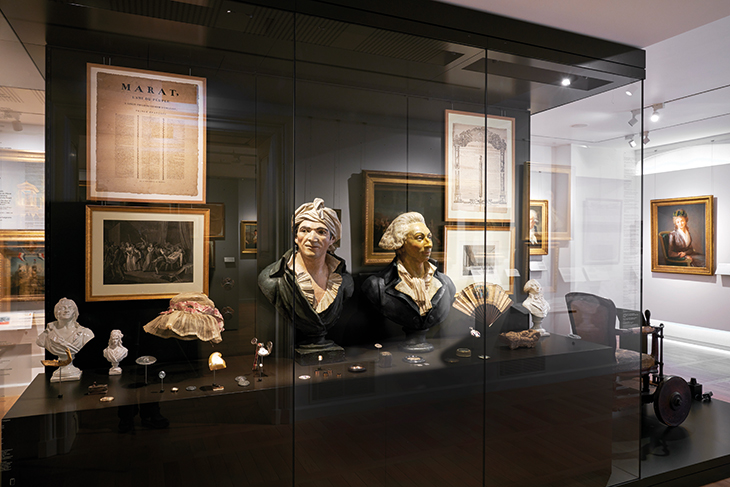
Marat display in the French Revolution collection. Musée Carnavalet – Histoire de Paris Photo: Pierre Antoine
Some interpretative materials now directly address questions of race and gender in the collections: a new panel in the salle des enseignes explores the problematic representation of people of colour in some of the shop signs on display. In a bid to make the museum more family-friendly, approximately 10 per cent of the objects have been displayed at child-friendly height, with simplified information panels designed for younger visitors. Museum labels are now in English as well as French, reflecting the Carnavalet’s interest in attracting a more international audience. Discreet audio-visual displays, touchscreens, and sound installations provide expert commentary on the collections and allow visitors to delve deeper into Parisian history: one can explore the nightclubs of fin-de-siècle Montmartre via an interactive map, or hear the sound of Revolutionary Paris by listening to recordings of political speeches and popular revolutionary songs.
The reimagined Carnavalet certainly lives up to its director’s description of the museum as a ‘showcase for the city of Paris’, blending greater clarity and cohesion in the layout and presentation of the collections with a more accessible and inclusive approach that does not condescend to its visitors, whether young or old, Parisian or tourist. As Paris prepares to welcome the world for the 2024 Olympic Games, the new Carnavalet is a fitting reflection of the ever-evolving story of one of the world’s greatest cities.
From the October 2021 issue of Apollo. Preview and subscribe here.
Unlimited access from just $16 every 3 months
Subscribe to get unlimited and exclusive access to the top art stories, interviews and exhibition reviews.

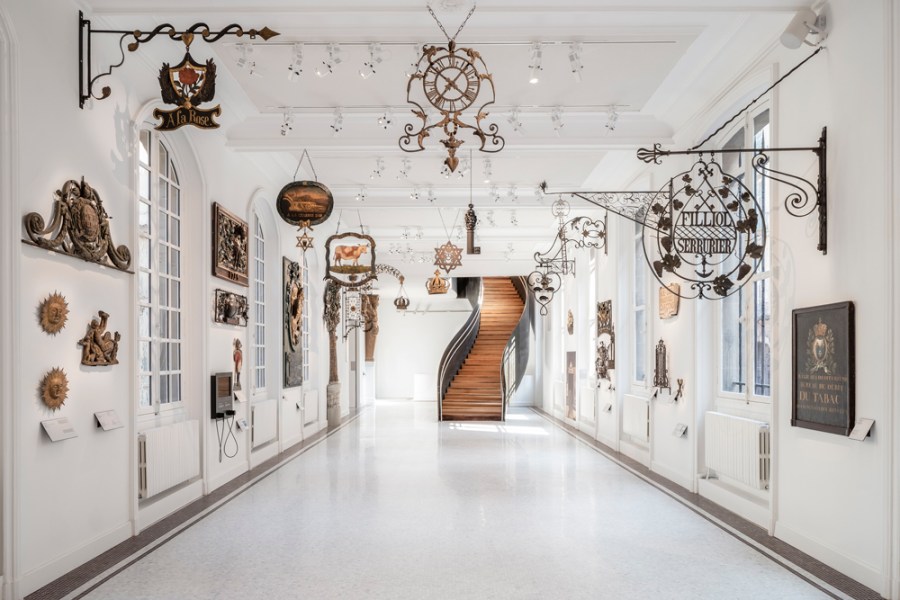
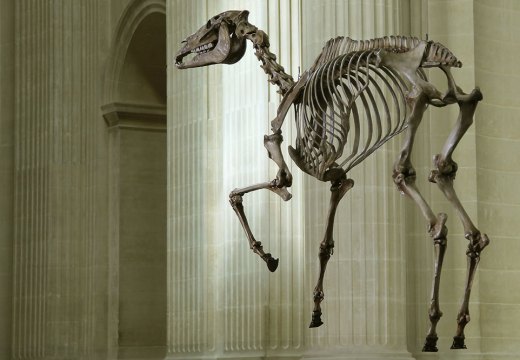
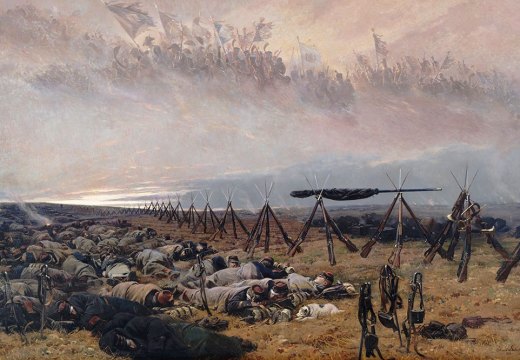
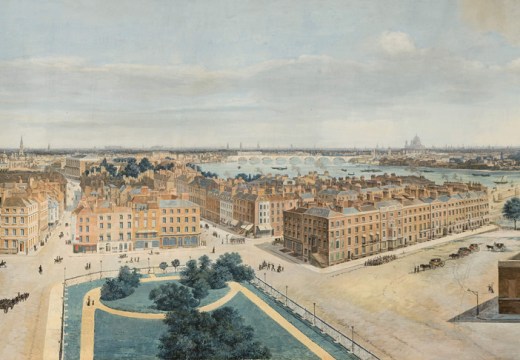









![Masterpiece [Re]discovery 2022. Photo: Ben Fisher Photography, courtesy of Masterpiece London](http://www.apollo-magazine.com/wp-content/uploads/2022/07/MPL2022_4263.jpg)
Has the Fitzwilliam lost the hang of things?